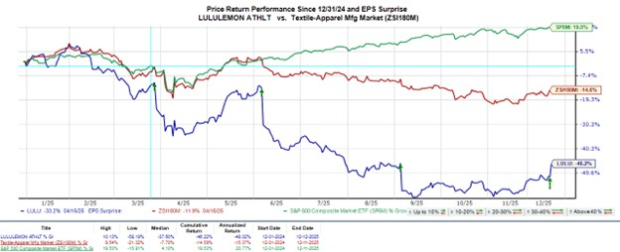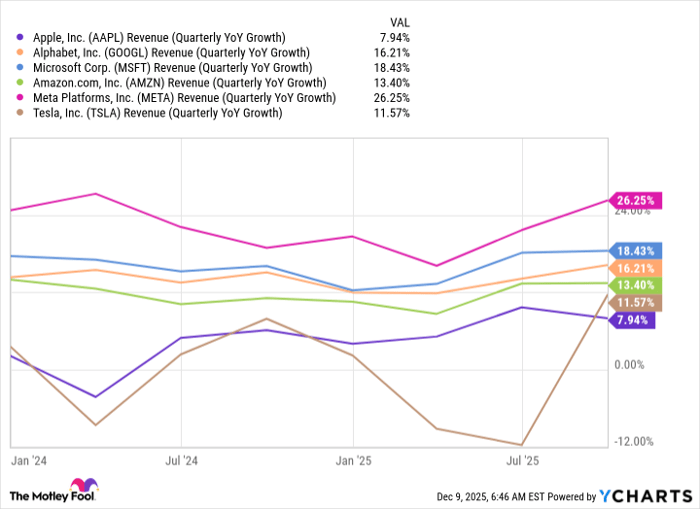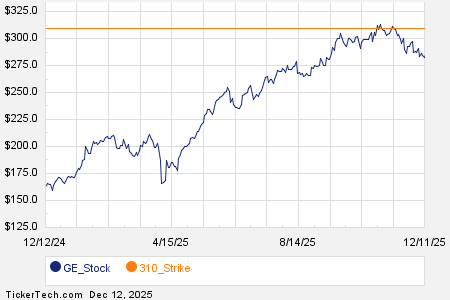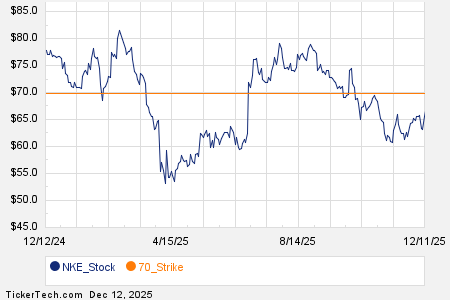Coffee Prices Fluctuate Amid Global Supply Concerns
Arabica Coffee Sees Gains, While Robusta Faces Challenges
March arabica coffee (KCH25) has increased by +5.00 (+1.57%), whereas March ICE robusta coffee (RMH25) has declined by -7 (-0.14%).
Today’s coffee market is experiencing mixed trends. Dry weather in Brazil has benefited arabica coffee as Somar Meteorologia revealed that Minas Gerais, the country’s largest arabica growing region, received 62.5 mm of rain last week, which is only 86% of the historical average. In contrast, robusta coffee is under pressure following a report from the General Department of Vietnam Customs, which stated that Vietnam’s coffee exports for December surged by +102.6% year-over-year to 127,655 MT.
The increase in inventories is a bearish sign for coffee prices; ICE-monitored arabica coffee stockpiles have risen to a 2-1/2 year high of 993,562 bags. Additionally, ICE-monitored robusta inventories reached a 3-month high of 4,415 lots this Wednesday.
However, robusta coffee still finds some support thanks to signs of smaller global supplies. Vietnam’s General Statistics Office recently reported a -17.1% year-over-year decrease in coffee exports for 2024, dropping to 1.35 MMT, putting pressure on this primary robusta producer.
Last month, coffee prices soared sharply due to concerns over a smaller Brazilian coffee crop. March arabica hit a contract high, while the December nearest futures contract (Z24) achieved a record high. The bullish outlook followed Volcafe’s December 17 prediction that Brazil’s arabica coffee production for 2025/26 would be lowered to 34.4 million bags, down by around 11 million bags from a previous estimate. This reduction stemmed from an extensive drought affecting Brazil’s coffee crop. Volcafe forecast a global arabica coffee deficit of 8.5 million bags for 2025/26, an increase from the 5.5 million bag deficit expected for the 2024/25 season and marking the fifth consecutive year of deficits.
Further support for coffee prices came on December 20 when consultancy Safras & Mercado estimated Brazil’s 2025/26 coffee output at 62.45 million bags, representing a -5% drop from the previous year. Safras predicts arabica production will decline by -15% year-over-year to 38.35 million bags due to the drought, while robusta output is projected at 24.1 million bags.
The ongoing impact of dry El Nino weather could lead to more prolonged damage to coffee crops in South and Central America. In Brazil, rainfall has been consistently below average since last April, significantly affecting coffee trees during the crucial flowering stage. This has diminished the prospects for Brazil’s 2025/26 arabica crop. According to Cemaden, Brazil is currently experiencing its driest weather since 1981. Meanwhile, Colombia—ranked as the second-largest arabica producer—is slowly recovering from last year’s drought caused by El Nino.
Robusta coffee prices continue to be supported by reduced production. Due to drought conditions, Vietnam’s coffee yield for the 2023/24 crop year has dropped by -20% to 1.472 MMT, which is the lowest figure in four years. The USDA FAS, on May 31, projected a slight decrease for Vietnam’s robusta coffee production in the new marketing year of 2024/25, estimating it at 27.9 million bags, down from 28 million bags in 2023/24. Conversely, the Vietnam Coffee and Cocoa Association raised its own estimate for 2024/25 Vietnam coffee production to 28 million bags from a previous estimate of 27 million bags on December 3.
In a bearish turn, global coffee exports have risen, contributing to downward pressure on prices. On December 5, the International Coffee Organization (ICO) reported that October global coffee exports for the start of the 2024/25 season increased by +15.1% year-over-year to 11.13 million bags. Overall, global coffee exports for the 2023/24 season (October-September) rose by +11.7% year-over-year, totaling 137.27 million bags. A separate report from Cecafe on December 23 indicated that Brazil’s green coffee exports also rose by +2.7% year-over-year to 4.29 million bags, contributing to record high coffee exports of 47.3 million bags for Brazil in the 2023/24 season.
Moreover, the ICO’s recent report stated that global coffee production for the 2023/24 season climbed by +5.8% year-over-year to reach a record 178 million bags, primarily due to an exceptional off-biennial crop year. Alongside this increase, the ICO noted a +2.2% rise in global coffee consumption, which hit a record of 177 million bags, resulting in a 1 million bag surplus.
The USDA’s biannual report released on December 18 presents a mixed outlook for coffee prices. The USDA’s Foreign Agriculture Service (FAS) estimated world coffee production for 2024/25 will increase by +4.0% year-over-year to 174.855 million bags, with arabica production increasing by +1.5% to 97.845 million bags and robusta production rising by +7.5% to 77.01 million bags. However, the USDA FAS also forecasts a decrease in 2024/25 ending stocks, expected to decline by -6.6% to a 24-year low of 20.867 million bags. Furthermore, the USDA’s FAS indicated that Brazil’s coffee production for 2024/25 would be projected at 66.4 MMT, lower than earlier forecasts of 69.9 MMT, with expected inventories of 1.2 million bags at the end of that season, down -26% year-over-year.
Rich Asplund did not have (either directly or indirectly) positions in any of the securities mentioned in this article. All information and data in this article are solely for informational purposes. For more information, please view the Barchart Disclosure Policy here.
The views and opinions expressed herein are the views and opinions of the author and do not necessarily reflect those of Nasdaq, Inc.






